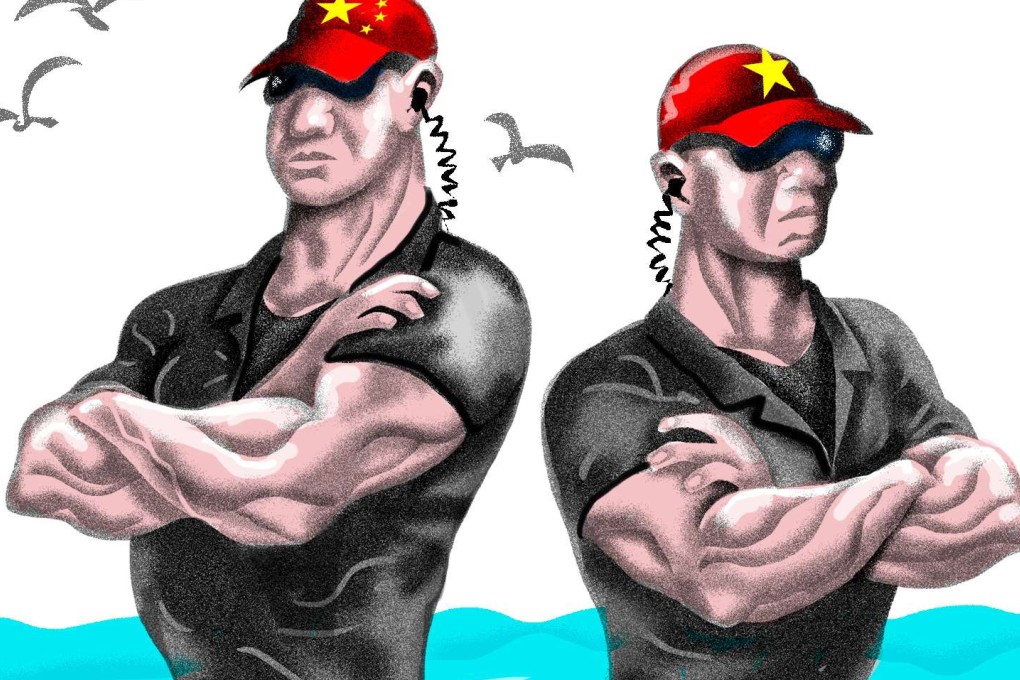How to make the South China Sea more secure – for both China and its neighbours
Josef Gregory Mahoney and Maximilian Mayer say the security concerns that probably lie at the heart of China’s assertiveness in the South China Sea can be allayed through bilateral cooperation – starting with Vietnam


While many believe Chinese assertiveness dates to around 2007-8, in fact decisive changes were afoot when Chinese leaders reassessed the US as a dangerous “two-handed” strategic competitor in 1999 (one hand extended, the other drawn back in a fist), with ambitions to extend Nato, weaken Russia, push deeper into the Persian Gulf, and onward into Central Asia. Consequently, China decided to advance military reforms and new weapons developments.
Realistic expectations must guide China-US relations
These fears were reinforced in the wake of the September 11 terrorist attacks in the US and the American penetration of Central Asia, with airbases reputedly capable of hitting strategic second-line Chinese targets quickly with conventional weapons. These threats were mitigated in part with Russian support via the Shanghai Cooperation Organisation, now likely being superseded by the Belt and Road initiatives.

China and US in silent fight for supremacy beneath waves of South China Sea
Along the way, US involvement in Ukraine was unnerving. More directly, America’s “pivot towards Asia”, the exclusion of China from the international space station and the Trans-Pacific Partnership, America’s new security agreements with the Philippines and deployment of the THAAD missile-defence system in South Korea, and so on, have only reinforced Chinese threat perceptions.
